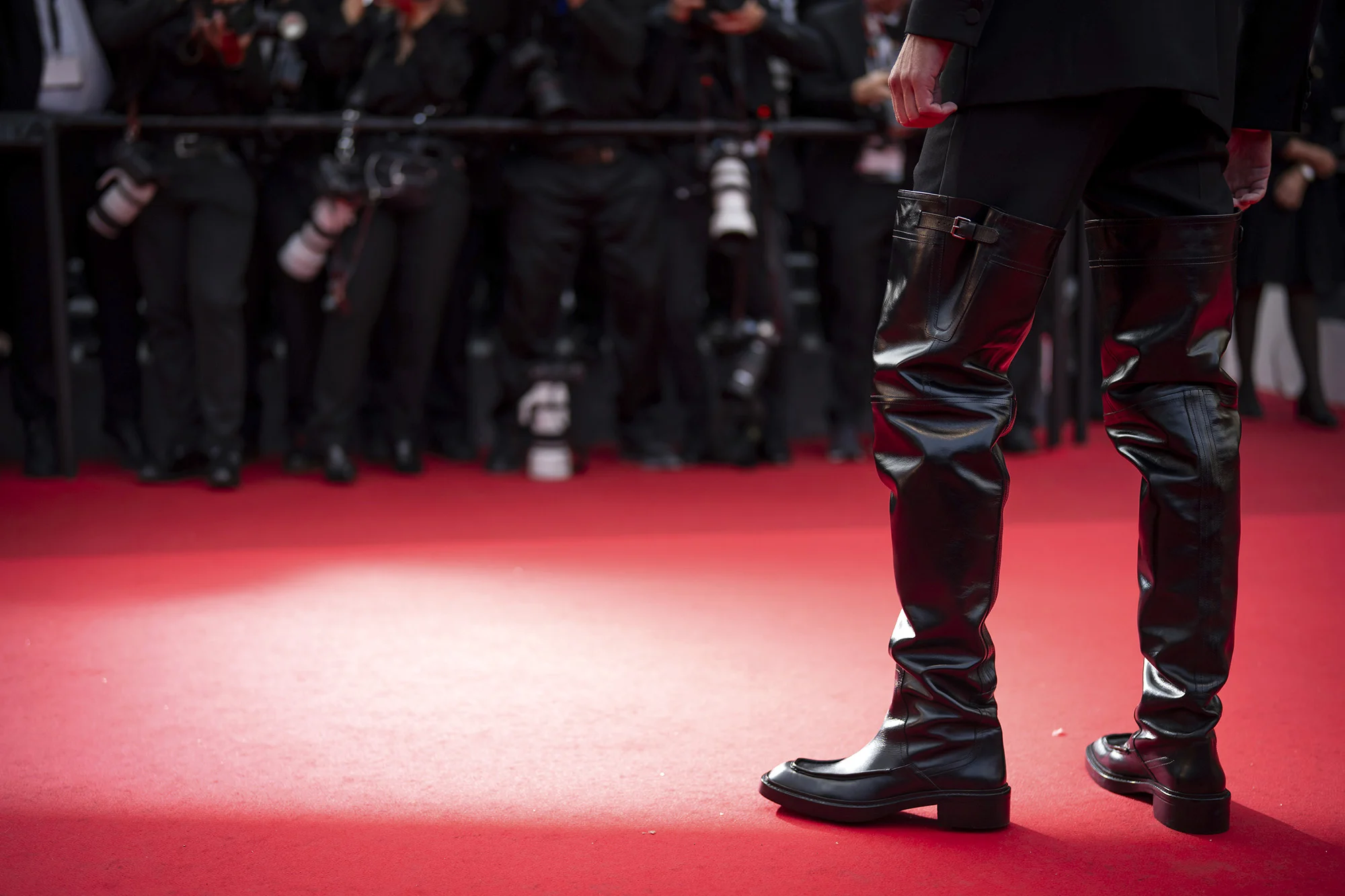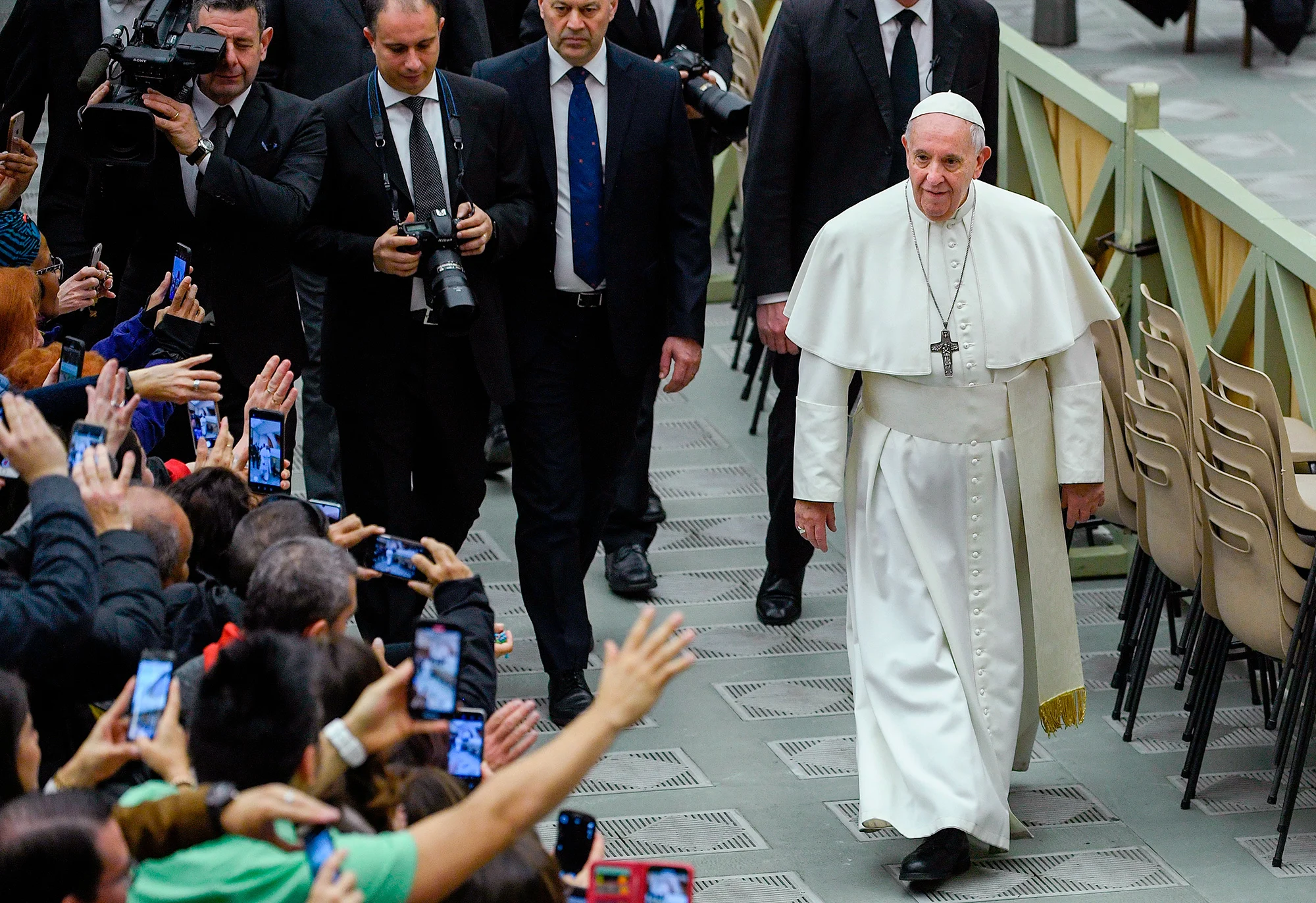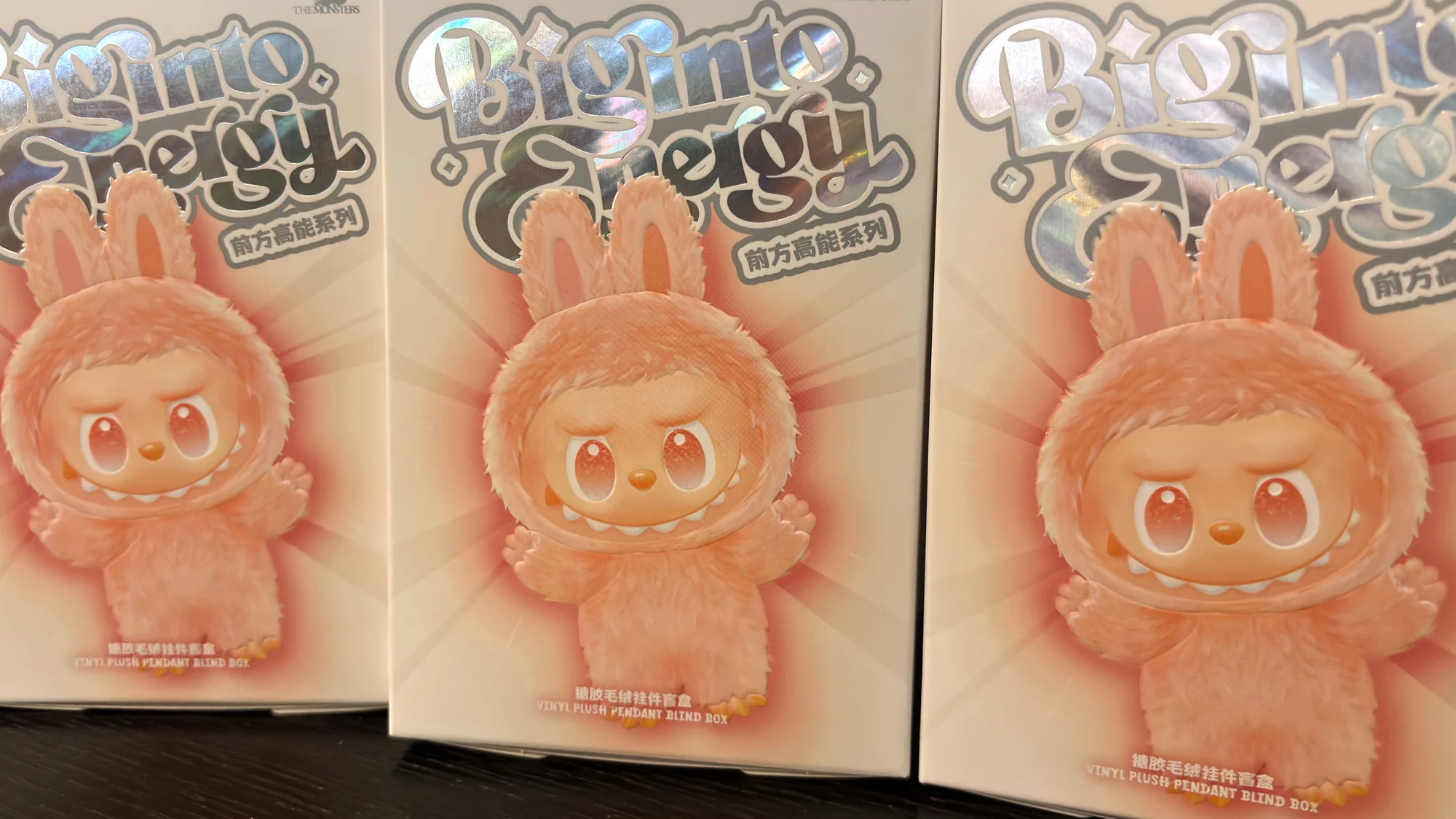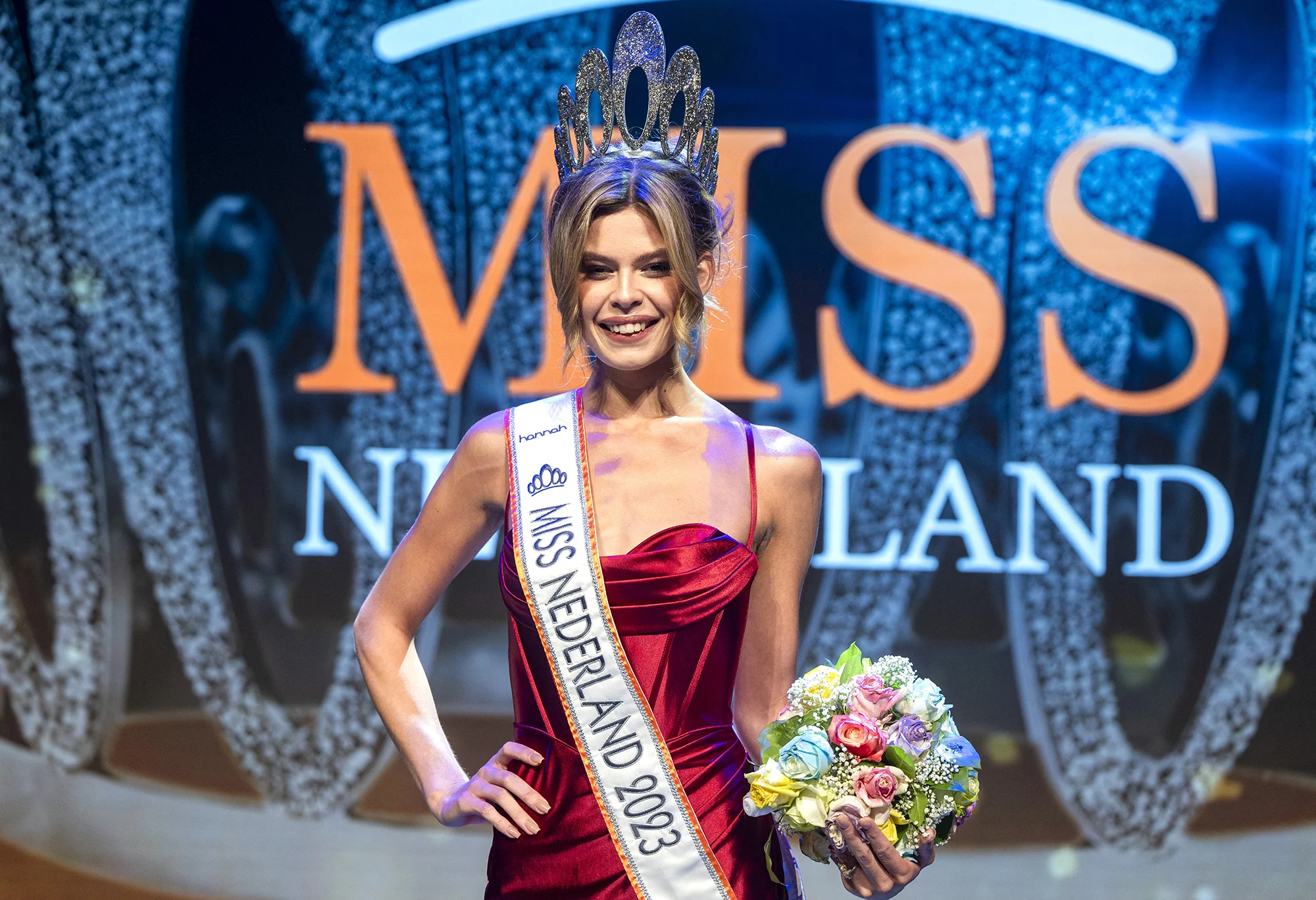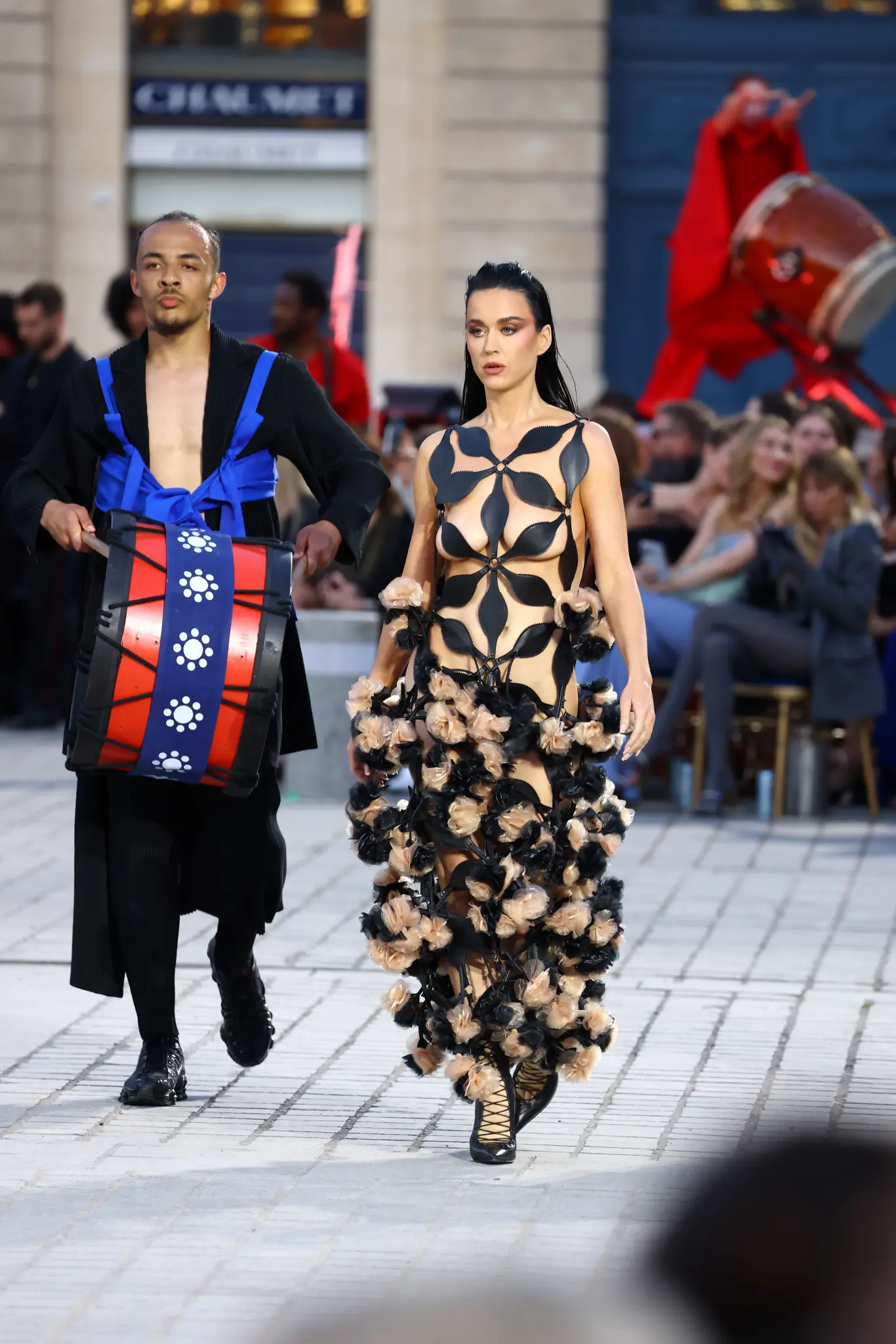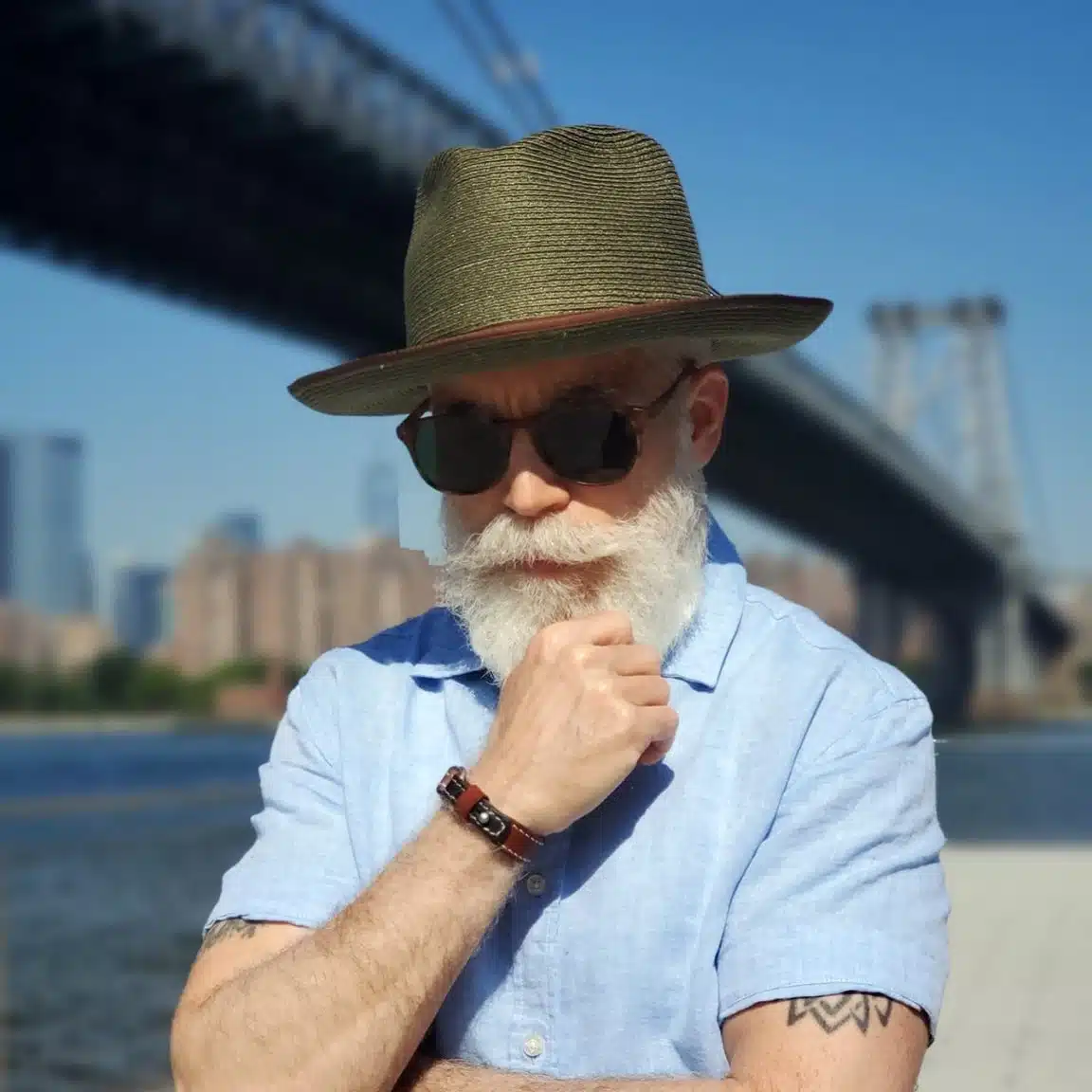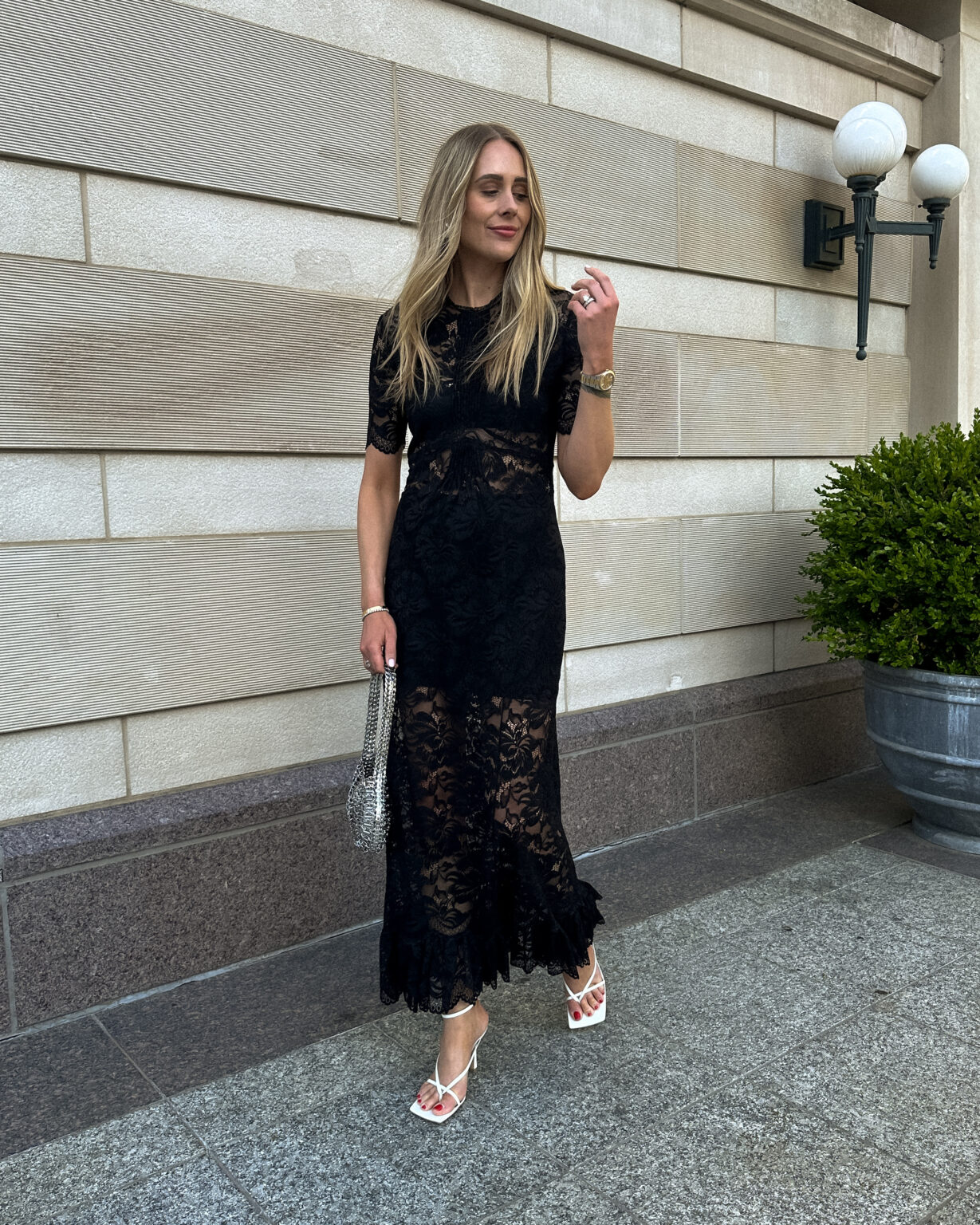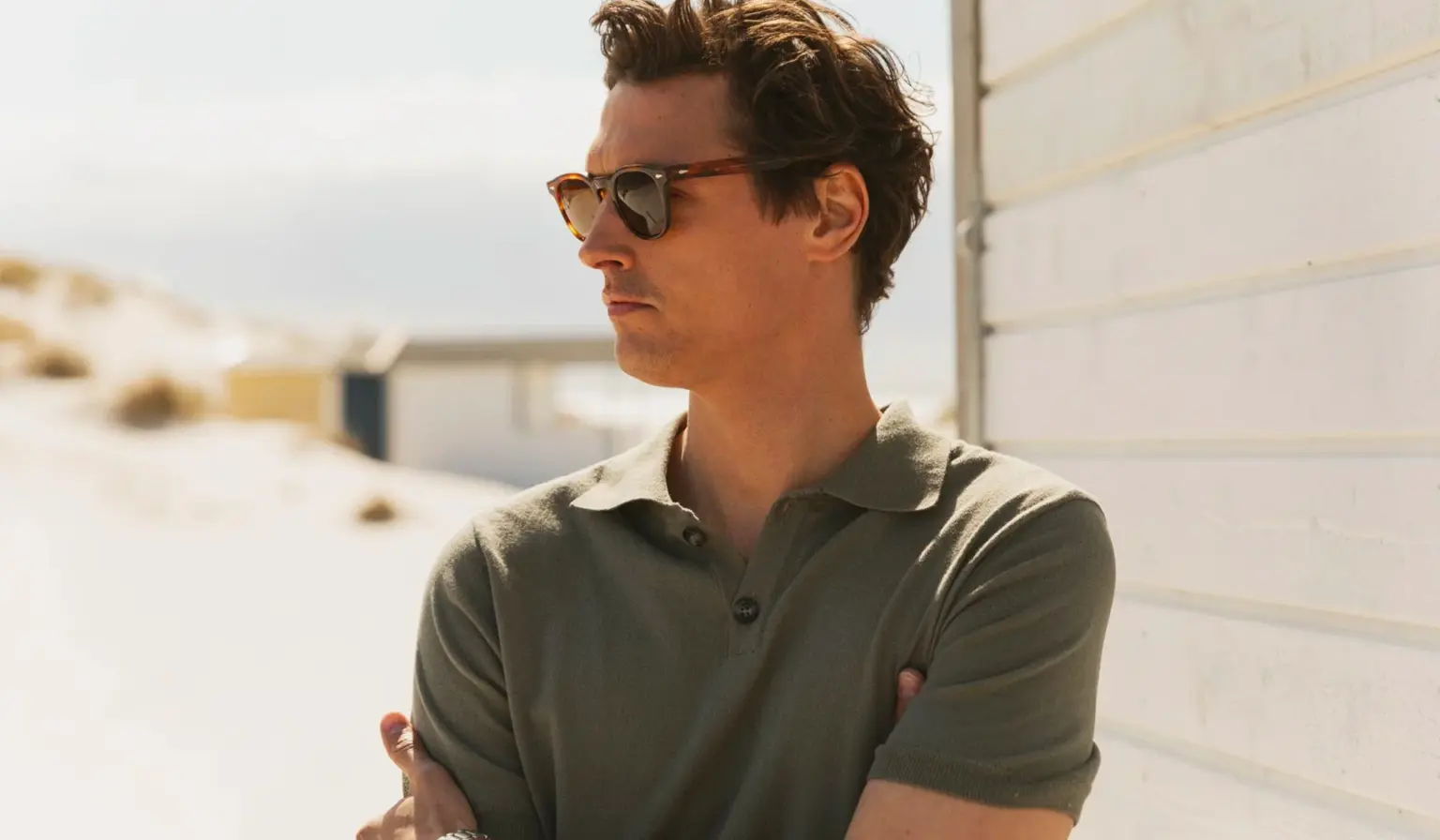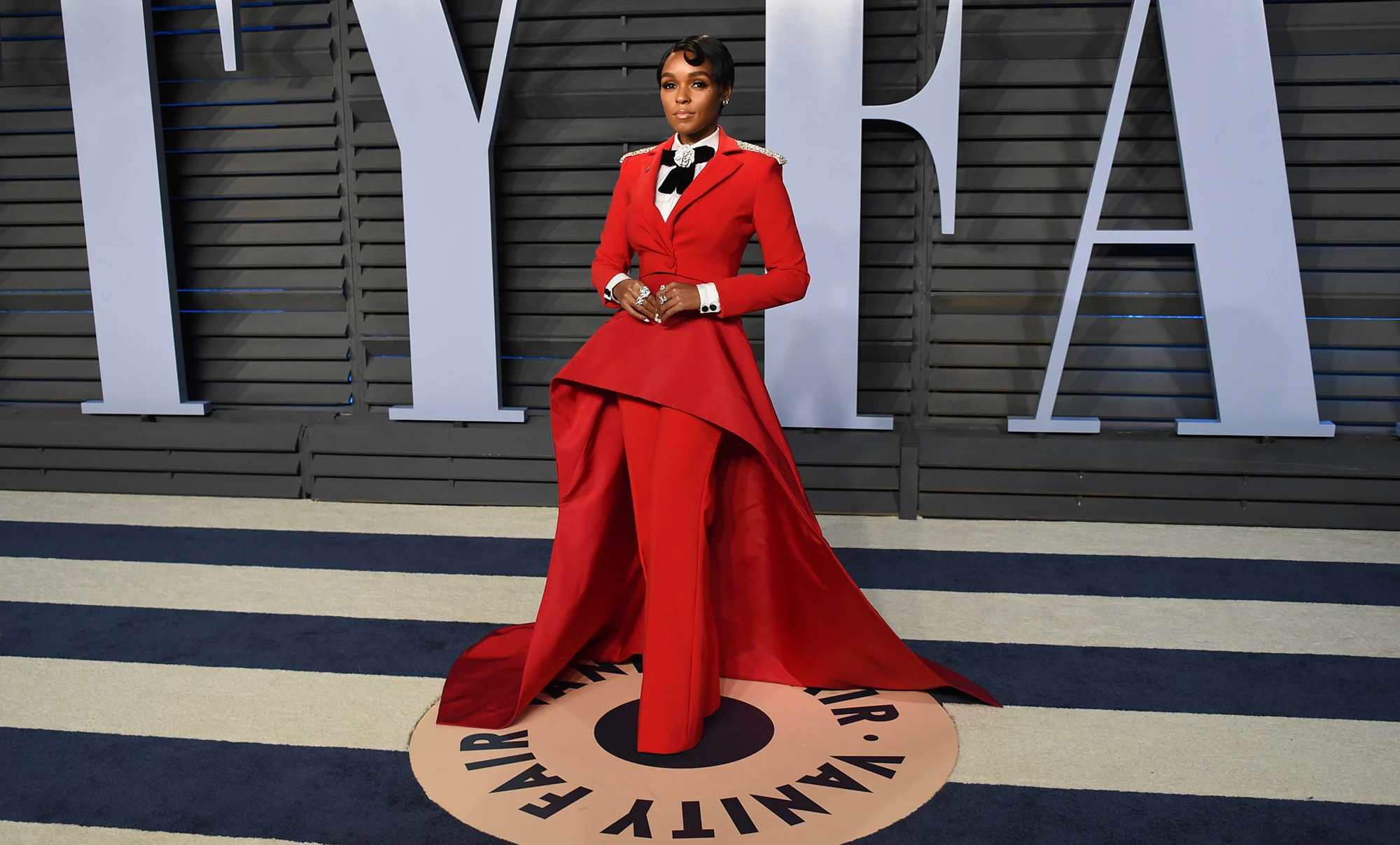
Post By : 2025-05-21"
A look at Black dandyism, the fashion style powering the Met Gala"
Fashion icons like Dapper Dan, Janelle Monáe and the late André Leon Talley are known for their distinctive approaches to sartorial style — bold splashes of color, luxurious fabrics, playful construction, capes — but fashion savants and historians agree that a common thread weaves their tailored looks together: dandyism.
The history-laden style movement will be front and center as part of the Metropolitan Museum of Art’s Costume Institute spring exhibit, “Superfine: Tailoring Black Style,” kicking off with the biggest night in fashion, Monday’s Met Gala.
What is dandyism?
Once used to describe the aristocratic style and leisurely pursuits of figures like Regency England’s Beau Brummell, dandyism has been recontextualized over the years to embody liberation and resistance through exuberant self-expression.
This evolution of the term began with the trans-Atlantic slave trade. Miller, guest curator of the Met exhibit, writes how, in the 18th century, young, dandified Black servants in England were forced to wear gold, brass or silver collars with padlocks and fine livery — uniforms for slaves and servants — that signaled their owners’ wealth.
“They wanted the enslaved person to stand out almost as if they were a luxury item,” said Jonathan Square, Parsons School of Design assistant professor and one of the advisers on the Met exhibit.
Slaves arrived in America with few or no belongings. What they had left, they treasured, be it beads or small precious objects, Miller writes.
“This is as true for those who were deliberately dressed in silks and turbans, whose challenge was to inhabit the clothing in their own way, as for those who were more humbly attired, who used clothing as a process of remembrance and mode of distinction (and symbolic and sometimes actual escape from bondage) in their new environment,” Miller explains in her book.
Stripped of their identities, enslaved people often added their own flair to their tailored Sunday best looks for church or on holidays.
Post-Emancipation, Black Americans had the chance to reclaim their autonomy and carve out new lives for themselves, paving the way for the Harlem Renaissance.
A new era with the Harlem Renaissance
Black Americans fled the South for cities like Chicago, Los Angeles and New York in a period dubbed the Great Migration. From the 1920s to the 1930s, New York’s Harlem neighborhood became an influential and fertile landscape for Black cultural expression. From Langston Hughes and Zora Neale Hurston to Duke Ellington and Louis Armstrong, its prominent minds reshaped the fabric of American culture and challenged prejudiced beliefs.
The Harlem Renaissance gave fashion a soul, said Brandice Daniel, founder of Harlem’s Fashion Row, an agency that connects designers of color with retailers and brand opportunities.
“It was this birthplace of this visual identity that spoke to what we now call Black excellence,” she said.
"Copyright 2024 All Right Reserved By Urban Reports News
